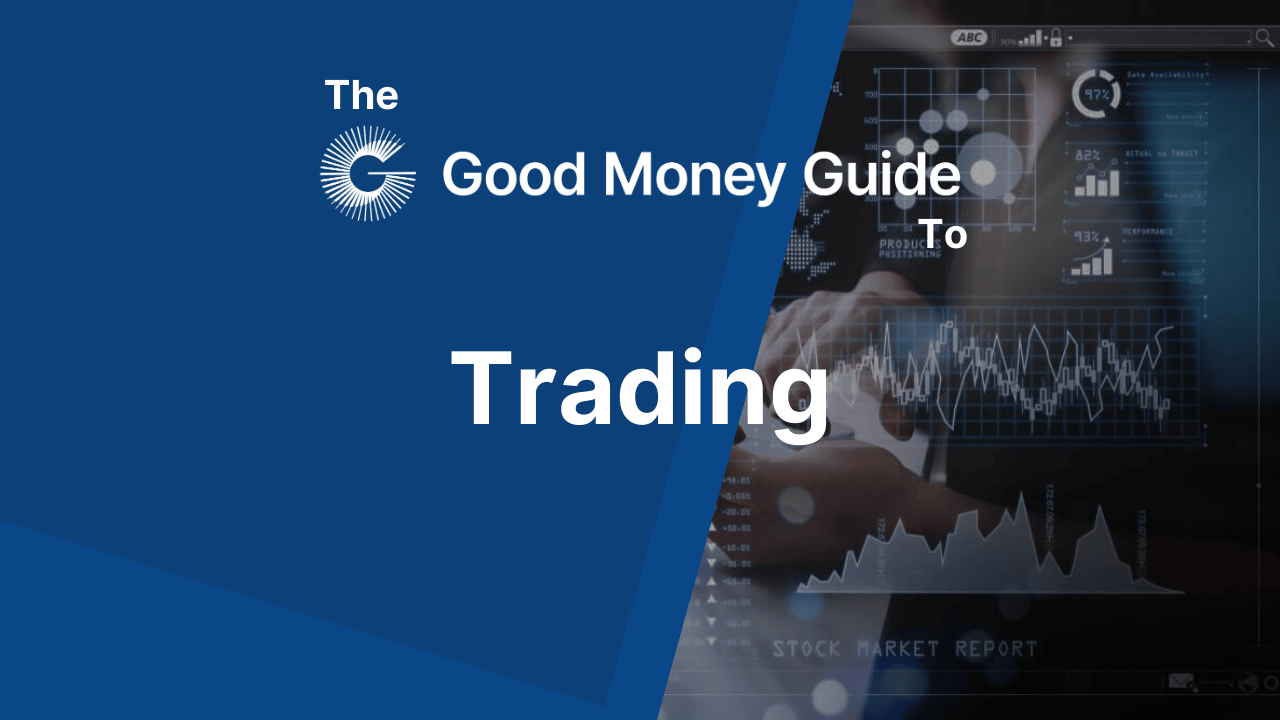Forex (Currency Trading)
The foreign exchange market, commonly known as Forex or FX, is the world’s largest and most liquid financial market, where currencies are bought and sold. Forex trading involves exchanging one currency for another with the aim of profiting from changes in exchange rates. The forex market operates 24 hours a day, five days a week, facilitating trillions of dollars in daily transactions. Its decentralized nature means it is not restricted to a physical exchange but operates electronically over-the-counter (OTC) through a global network of banks, brokers, and financial institutions.
How Forex Trading Works
In forex trading, currencies are traded...
Please register or log in to continue...
Become a better, more informed investor with Good Money Guide. Our expert, exclusive educational courses provide the sort of information that everyone, from first-time investors to experienced professional traders, can learn to profit from.

